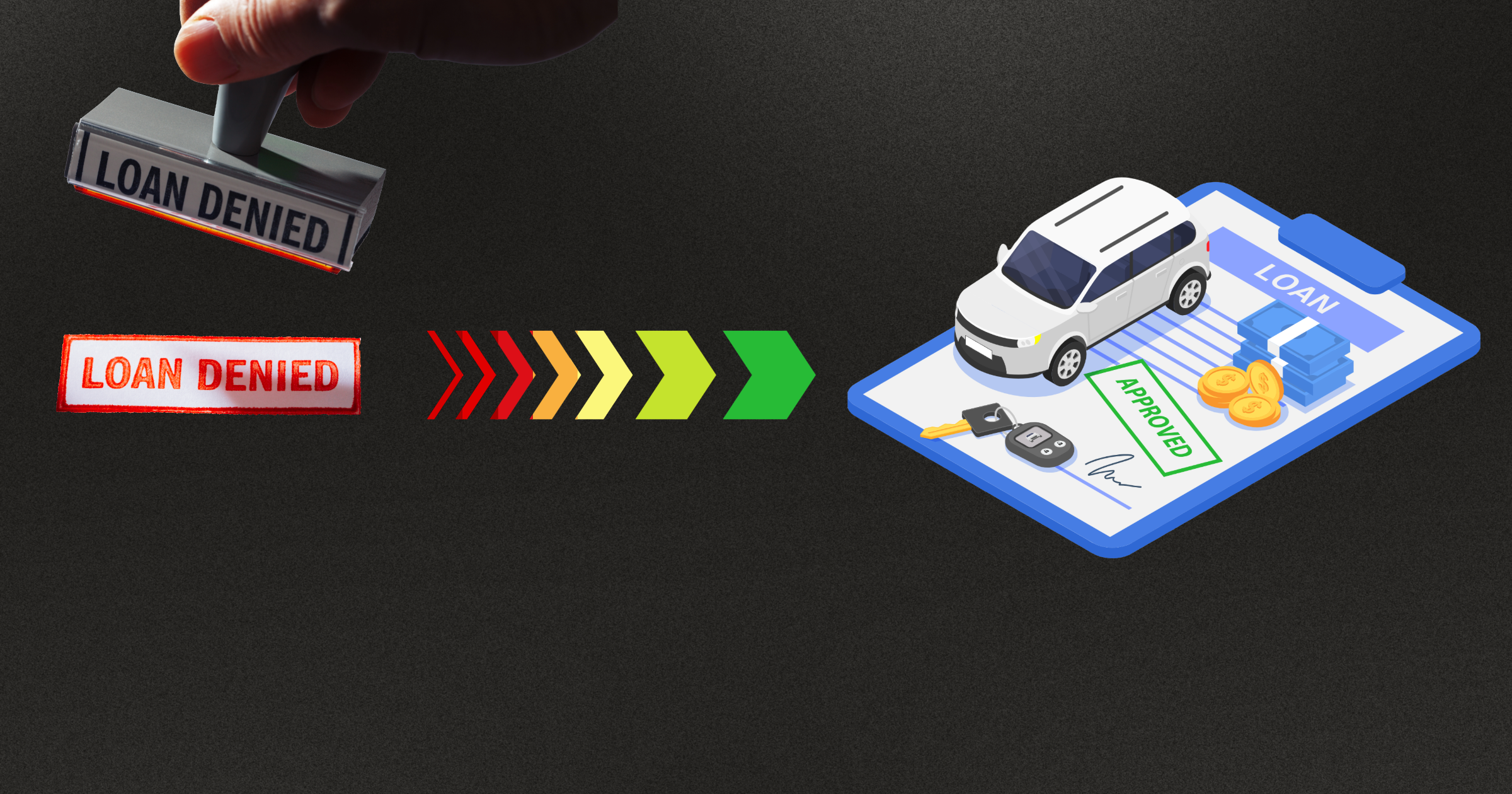Most lenders treat delinquency as an event, something that happens when a borrower misses a payment. But in reality, default rarely arrives without warning. The signals are there long before the first late notice ever goes out. The difference between reacting to delinquency and predicting it comes down to how well those signals are tracked, interpreted, and acted upon.
At Optio Solutions, we believe the future of credit risk management belongs to organizations that identify and address repayment risk early, well before it turns into collection activity.
Why Early Detection Matters More Than Ever
Economic conditions remain mixed. Inflation has stabilized around the 3 percent range in 2025, according to recent forecasts, and consumer debt levels continue to rise. Many households are managing higher costs while drawing down savings, creating a growing population of borrowers who are financially stretched but not yet delinquent.
For lenders and credit unions, waiting until default is simply too expensive.
- Charge-offs erode capital ratios.
- Collection costs increase as aging debt hardens.
- Regulatory pressure grows as consumer protection scrutiny intensifies.
The earlier you identify risk, the more options you have, from proactive outreach to flexible payment arrangements. Early detection is not just operationally efficient; it is a strategic safeguard.
The New Language of Credit Risk: Signals, Not Scores
Traditional credit scoring still matters, but it is no longer enough. A FICO score captures static information, not behavior. What modern lenders need is behavioral telemetry, data patterns that reveal subtle changes in consumer financial health.
Early warning indicators can include:
- Payment history drift: Slight increases in utilization or minimum payments replacing full balances.
- Engagement decline: Fewer logins, slower response times, or reduced contact with member service teams.

- External signals: New credit inquiries, job changes, or location shifts captured through bureau updates or linked data sources.
When stitched together, these micro changes create a predictive map of risk. Machine learning models now make it possible to flag accounts that are statistically likely to become delinquent within 30 to 90 days.
From Prediction to Prevention
Predictive analytics is only valuable when it drives timely, respectful action.
For creditors, that means using early warning data to determine when and how to engage borrowers before delinquency accelerates.
Optio Solutions supports these strategies by helping clients connect predictive insights to practical recovery planning. Whether that means coordinating first-party outreach earlier in the delinquency cycle or refining segmentation to identify the right treatment path, Optio’s role is to make collection efforts more informed and effective.
The goal is simple: reduce roll rates, improve recoveries, and preserve customer relationships through data-driven decision-making.
Human and Machine: The Right Balance
Advanced analytics can identify risk faster than any human team, but human judgment is still irreplaceable. Data models can tell you who might default, while trained professionals know how to reach them effectively.
At Optio, we view AI as an augmentation tool, not an automation tool. Our analysts use predictive modeling to segment portfolios by probability to pay, then tailor contact strategies that align with compliance, professionalism, and ROI. The result is a data-driven workflow that prioritizes efficiency while maintaining the standard of communication our clients expect.

How Creditors Benefit from Early Warning Systems
Early warning frameworks deliver measurable outcomes across the credit lifecycle:
- Reduced delinquency roll rates. Identifying risk early allows for targeted engagement before balances age.
- Lower cost per dollar recovered. First-party contact is less expensive and more effective than late-stage recovery.
- Improved member satisfaction. Proactive outreach signals care, not confrontation, protecting brand trust.
- Stronger portfolio forecasting. Real-time analytics refine reserve modeling and capital planning.
The takeaway: the earlier you act, the more control you have over outcomes.
Looking Ahead: Risk Management as a Team Effort
The line between credit risk management and collections is blurring. In a data-driven environment, these functions must work in tandem. The next phase of debt recovery is not about chasing overdue balances. It is about predicting distress and intervening early.
For financial institutions, that means partnering with agencies that think like you do—analytical, compliant, and results-focused. For consumers, it means better communication, less stress, and a path to financial stability.
At Optio Solutions, we see this as the evolution of our mission: to combine data intelligence, regulatory precision, and professional communication to help our clients recover more and risk less.
About Optio Solutions
Optio Solutions is a nationally licensed accounts receivable management firm delivering compliant, data-driven collection strategies for clients across multiple industries throughout the United States. Learn more at www.optiosolutions.com








